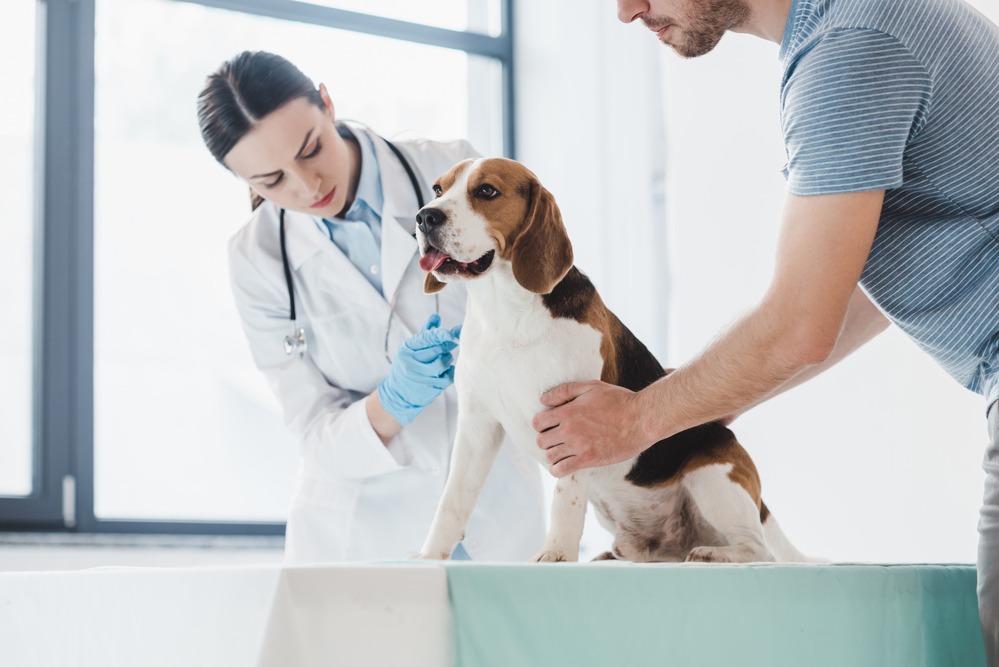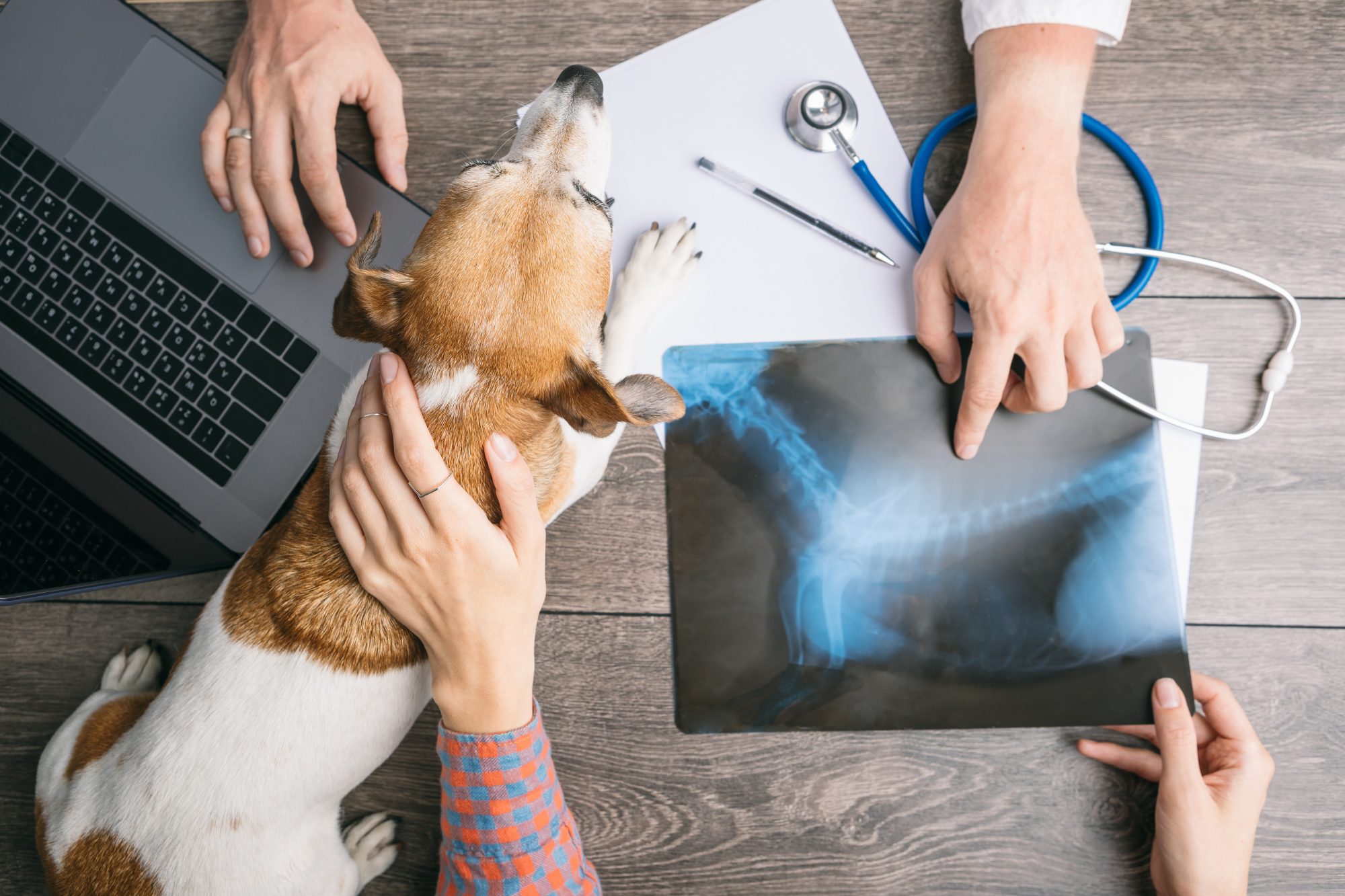Critical Scenarios Only an emergency vet bellingham Can Handle Effectively
Critical Scenarios Only an emergency vet bellingham Can Handle Effectively
Blog Article
All About Vet Surgery: Comprehending the Significance of Professional Look After Your Family pets
Veterinary surgical treatment is a vital part of pet healthcare. It includes numerous procedures, from regular elective surgeries to immediate treatments. Comprehending the ins and outs of these surgical treatments can aid pet proprietors make informed choices. The prep work, execution, and healing phases are crucial for ensuring the well-being of pets. With correct expertise, owners can browse the intricacies of vet treatment. What variables should be considered prior to a pet dog undertakes surgical treatment?
Sorts Of Veterinarian Surgeries
When an animal calls for surgical intervention, comprehending the numerous sorts of vet surgical procedures can help pet proprietors make informed choices. Vet surgeries can be extensively categorized right into 3 primary kinds: elective, urgent, and emergency surgical procedures. Elective surgical treatments, such as spaying or neutering, are prepared treatments that are not promptly dangerous. Urgent surgical procedures, like those for foreign body elimination, must be executed quickly yet are not deadly in the minute. Emergency situation surgeries, such as those resolving extreme trauma or internal blood loss, are essential and need instant attention.Additionally, surgical treatments can differ in intricacy, ranging from minimally invasive laparoscopic procedures to much more substantial open surgical procedures. Each sort of surgery carries its very own threats and healing procedures. Understanding these classifications permits pet owners to involve in purposeful conversations with veterinarians, bring about much better end results for their precious pet dogs.
Getting ready for Your Pet's Surgical procedure
Getting ready for a family pet's surgical procedure includes a comprehensive checklist to ensure all essentials are covered. Efficient interaction with the veterinarian is vital for understanding the procedure and any required pre-operative actions - tplo surgery. In addition, having clear post-operative treatment instructions will certainly assist proprietors supply the finest support for their recovering family pets
Pre-Surgery List Basics
Assuring a smooth medical experience for a pet requires mindful prep work and interest to information. A pre-surgery list is necessary for pet proprietors to comply with. Initially, validating the set up surgery day and time is crucial. Proprietors need to likewise verify that their family pet has actually not eaten according to the veterinarian's guidelines, normally for 8-12 hours prior to surgery. Gathering essential clinical documents, consisting of vaccination history, is essential for the vet's review. It is additionally a good idea to prepare a comfy space in your home for the animal's healing after surgery. Finally, proprietors need to have a prepare for transport to and from the veterinary facility, making sure that the pet dog is protected and comfortable throughout the trip. Complying with these actions can substantially boost the surgical experience.
Interacting With Your Veterinarian

Reliable communication with the vet is vital for a successful medical experience for animals. Proprietors ought to be prepared to review their pet's case history, including any kind of pre-existing conditions, medicines, and allergies. This details assists the vet examine dangers and customize the surgical strategy accordingly. Additionally, pet dog proprietors should ask questions regarding the procedure, anesthetic, and anticipated outcomes to assure they totally comprehend the process. Clarifying any kind of doubts can ease anxiety for both the pet and the proprietor. It is also crucial to connect any behavior modifications or worries observed in the pet dog leading up to the surgery. Ultimately, clear discussion promotes depend on and cooperation, ensuring that animals receive the very best feasible care during their surgical journey.
Post-Operative Treatment Instructions
After reviewing the surgery with the veterinarian, pet dog owners need to concentrate on post-operative care instructions to help with a smooth healing for their family pets. These guidelines typically consist of checking the surgical website for indicators of infection, such as redness or discharge. Family pets may require to be kept one's cool and restricted to avoid too much movement that can disrupt recovery. Discomfort management is important, so proprietors need to follow the veterinarian's guidance on providing medications. Furthermore, nutritional limitations may be advised to prevent intestinal distress. Routine follow-up appointments are very important to guarantee correct recovery and resolve any problems. By sticking to these post-operative care instructions, family pet proprietors can greatly add to their animal's recuperation and overall wellness.
The Surgery Explained
The medical process for family pets encompasses important actions that assure their safety and security and recuperation. Pre-surgery preparations are necessary for reducing risks, while post-operative treatment standards play an essential role in promoting healing. Understanding these elements aids pet dog proprietors browse the medical experience better.
Pre-Surgery Preparations
Prior to a family pet undertakes surgery, a number of important preparations should occur to guarantee a safe and effective treatment. A comprehensive veterinary evaluation is crucial to assess the animal's overall health and recognize any possible threats. This may include blood tests, imaging, or various other diagnostics. The veterinarian will also go over anesthetic choices customized to the pet's certain demands. Furthermore, pet dog proprietors are commonly instructed to hold back food and water for a defined time prior to surgical treatment to decrease the threat of problems during anesthetic. It is very important for proprietors to give a total medical background, consisting of any type of medicines or allergic reactions, making sure the surgical group has all necessary info. Proper communication and adherence to pre-surgery standards can significantly improve the outcome of the procedure.
Post-Operative Care Guidelines
Proper post-operative treatment is essential for ensuring a family pet's healing adhering to surgical procedure. After the treatment, pets must be checked very closely for any kind of indications of complications, such as too much bleeding, swelling, or uncommon habits. It is very important to comply with the veterinarian's instructions regarding medicines, including painkiller and prescription antibiotics. Pets ought to be maintained in a quiet, comfy atmosphere to decrease tension and promote healing. Limiting activity is vital; short, leashed walks might be necessary, yet jumping or running must be stayed clear of. Routine follow-up appointments need to be scheduled to examine the recovery procedure. Additionally, the medical website should be kept tidy and completely dry, with any indicators of infection reported to a vet promptly. Sticking to these guidelines boosts healing end results.
Anesthesia and Pain Monitoring
Effective anesthetic and discomfort administration are important elements of vet surgical treatment, guaranteeing that family pets continue to be comfortable and risk-free throughout the treatment. Vets evaluate each animal's individual needs, thinking about factors such as age, weight, wellness status, and the kind of surgical treatment being performed.Anesthesia protocols usually include a combination of pre-anesthetic drugs, induction representatives, and inhalant anesthetics, enabling accurate control over the animal's level of consciousness. Tracking during surgical treatment is vital; veterinarians continuously observe important indicators to deal with any kind of blog potential difficulties promptly.Pain management techniques may involve opioids, non-steroidal anti-inflammatory medicines (NSAIDs), and anesthetics, tailored to the pet dog's particular circumstance. This multifaceted approach aids decrease pain and advertises a smoother surgical experience. By prioritizing reliable anesthesia and discomfort monitoring, veterinary professionals enhance the general welfare of pets undergoing surgeries, ensuring they receive the greatest standard of treatment.
Post-Operative Treatment and Healing
Complying with surgery, the emphasis shifts to post-operative care and recuperation, which is vital for guaranteeing a family pet's secure go back to regular tasks. Throughout this duration, family pets need a silent, comfy setting to help healing. Owners should very closely check their pet dogs for any kind of signs of discomfort or uncommon behavior.Veterinary standards usually consist of specific instructions related to drug administration, wound care, and dietary changes. It is crucial to comply with these recommendations to decrease complications and advertise healing. Pets might need to be limited from energetic activities, such as running or jumping, throughout their recuperation period (emergency vet).Regular follow-up visits with the vet enable surveillance of the pet dog's progression and timely modifications to the care strategy. Offering psychological support and companionship can also boost a family pet's recovery experience, aiding to minimize stress and anxiety and anxiety. In general, attentive post-operative treatment plays a significant duty in achieving a successful healing
Acknowledging Issues After Surgical Procedure
Exactly how can family pet owners recognize problems after surgical treatment? Understanding of specific indicators is necessary for making certain the wellness of family pets during recuperation. Typical indications consist of too much swelling, soreness, or discharge at the surgical website, which might signify infection. In addition, consistent discomfort, shown by whining or unwillingness to relocate, should trigger immediate focus. Changes in appetite or water intake can additionally indicate issues; a reduction in these habits may signify pain or distress.Moreover, pet owners should check their family pets for any unusual behavior, such as sleepiness or problem breathing, as these can be signs of major issues. Vomiting or diarrhea following surgical treatment might require urgent vet analysis. Identifying these problems early can substantially affect an animal's recuperation process, emphasizing the relevance of vigilance and prompt interaction with a veterinarian for any kind of concerning signs and symptoms.
The Function of Veterinary Specialists in Surgical Care
Vet experts play a necessary duty in making certain the safety and security and success of operations for animals, particularly complying with surgery when monitoring and care are paramount. These specialists include veterinarians, veterinary specialists, and support staff, every one of whom add specialized abilities to the surgical process.Before surgical treatment, veterinarians carry out extensive analyses to examine the pet dog's health and wellness, making certain that any type of underlying problems are handled. Throughout the treatment, the medical team offers anesthesia, preserves sterilized environments, and keeps an eye on key indications, very important for decreasing risks.Post-operative care is similarly significant; veterinary professionals observe for problems, manage discomfort, and overview owners on healing methods. Their know-how enables them to recognize very early indications of distress or infection, making sure timely treatment. Inevitably, the collective initiatives of vet professionals in medical treatment foster a risk-free environment, promoting the wellness of pets throughout the medical trip.

Often Asked Questions
Just how Do I Pick the Right Veterinary Cosmetic Surgeon for My Family pet?
Selecting the best veterinary surgeon involves looking into qualifications, reviewing testimonials, and reviewing the clinic's environment. find out here It is necessary to review the doctor's experience with particular treatments and their communication style when deciding.
What Prevail Misconceptions About Vet Surgeries?
Typical false impressions regarding vet surgical procedures consist of animal vets nearby beliefs that they are always dangerous, unneeded, or for emergencies. Many pet dog proprietors take too lightly the advantages of precautionary procedures and the ability included in veterinary medical treatment.
Just How Much Will My Family pet's Surgical treatment Cost?
The expense of a pet's surgical procedure can differ significantly based on factors such as the kind of procedure, the vet's experience, and geographical area (24 hour vet bellingham). Normally, expenditures range from a couple of hundred to numerous thousand dollars

Can My Pet Eat Before Surgery?
Before surgical treatment, it is generally advised that pet dogs avoid consuming for a specific period. This fasting helps reduce the threat of issues during anesthetic. Owners must consult their veterinarian for precise directions customized to their pet's needs.
What if My Pet Dog Has Pre-Existing Wellness Conditions?
When a pet has pre-existing wellness conditions, it's vital for the veterinarian to evaluate these factors before surgical treatment. This evaluation assurances ideal precautions are taken, decreasing dangers and maximizing the animal's general safety during the procedure.
Report this page